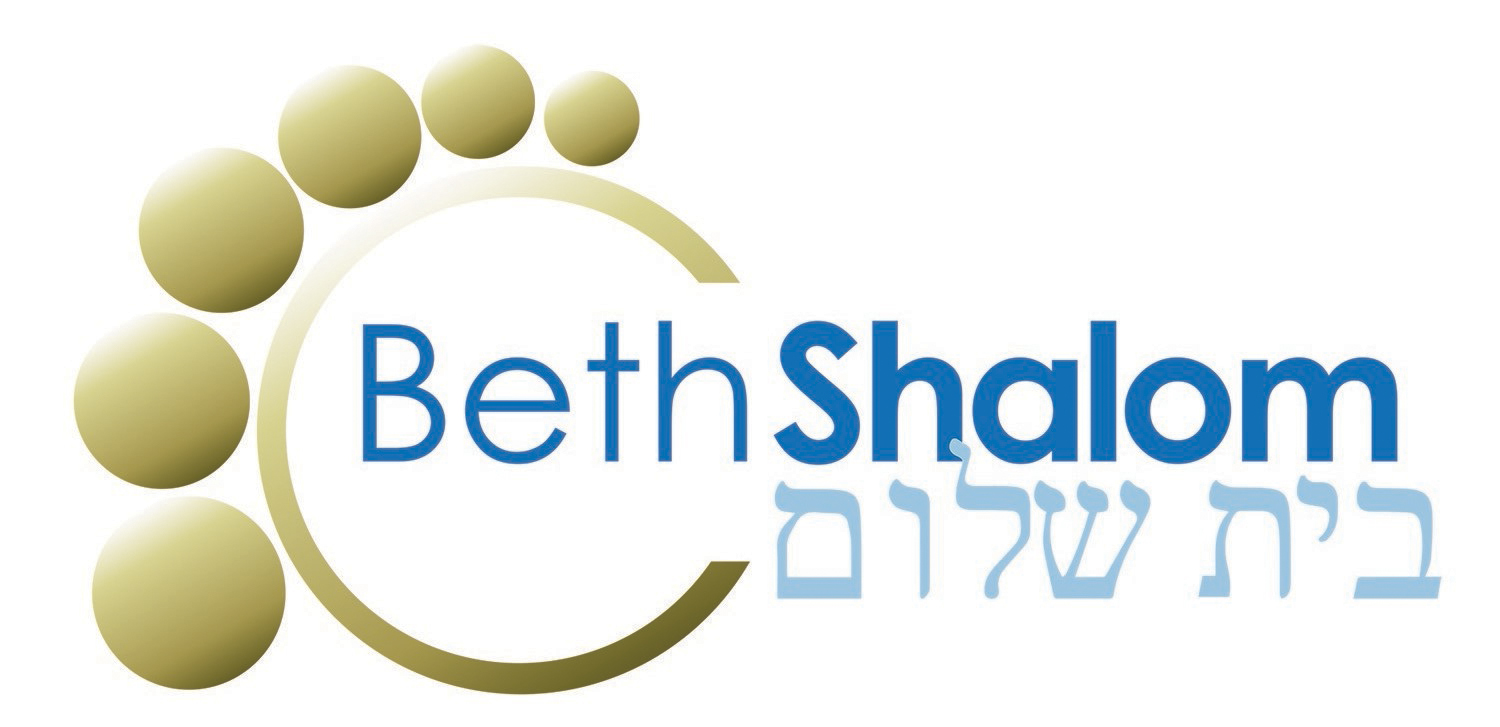Learning from the Ants | Moed Katan 6b
The gemara tells us that it is permissible to trap moles and to destroy ant holes on Hol Hamoed, the intermediate days of a Festival (i.e. either Sukkot or Pesah), to prevent these pests from causing damage to valuable crops. And then, the gemara takes an unexpected dip into entomology (on Moed Katan 6b):
כיצד מחריבין רשב"ג אומר מביא עפר מחור זה ונותן לתוך חור זה והן חונקין זה את זה
How does one destroy ant holes? Rabban Shimon ben Gamliel says: One brings soil from this ant hole and places it in that ant hole, and since the ants from the two nests are not familiar with each other, they strangle each other.
אמר רב יימר בר שלמיא משמיה דאביי והוא דקאי בתרי עברי נהרא והוא דליכא גשרא והוא דליכא גמלא והוא דליכא מצרא
Rav Yeimar bar Shelamya said in the name of Abaye: And this advice works only in certain circumstances: When the ant holes are located on two opposite sides of a river, when there is no bridge connecting the two sides, when there is not even a plank bridge over the water, and when there is not even a rope stretched taut across the river. If there is any connection whatsoever between the two sides of the river, the ants from the two nests are likely to recognize each other and not fight.
Now, I must say that I know very little about ants. (I once stumbled onto a fire ant mound in Texas, wearing sandals, and I quickly discovered why they call them fire ants.) And I certainly do not know if this is true.
I am certain, however, that the rabbis of the Talmud knew much more about the natural world than many of us do today since they were much closer to it. They knew the flora and fauna of their surroundings because they were not as isolated from the environment as we are today. If they themselves were not agricultural folk, they certainly knew personally people who made their living off the land.
Nonetheless, the behavior of ants here prompts a human take-away: that metaphorical bridges between individuals or between groups prevent people from fighting, and perhaps even killing each other.
Just as familiarity in the ant world leads to peaceful coexistence, dialogue and breaking bread together leads to neighborly outcomes among people.


